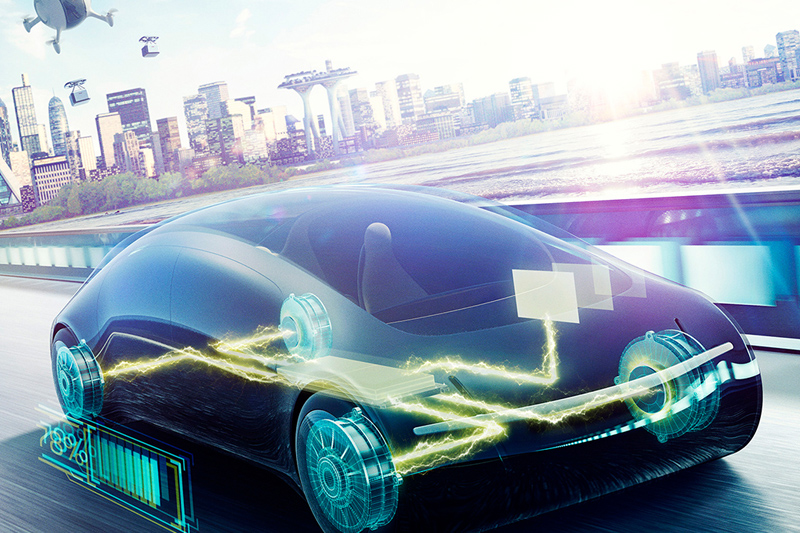
Denso outlines five key considerations for successful EV servicing.
Concerns about climate change, advances in battery technology and Europe’s success developing more affordable long-range EVs are all contributing to a rise in demand that could lead to an increase in electric vehicles reaching the aftermarket for servicing and repair. While great news for the aftermarket, electric and hybrid vehicles do require additional skills and precautions to normally-aspirated engines. The following considerations should help you prepare.
1. Understanding maintenance routines
Understanding the different maintenance routines required by all electric and plug-in hybrid electric vehicles is essential for repairers to give the right information to customers, particularly considering that EVs typically require less maintenance than their diesel and petrol counterparts.
While all vehicles have slightly different maintenance routines as recommended by the manufacturer, electrical systems should require minimal scheduled maintenance. EVs have fewer serviceable parts; for instance, there is no need to change the oil, transmission fluid, spark plugs, filters or drive belts. While naturally-aspirated engines and EVs do share braking systems, these are regenerative in electric vehicles, and therefore typically last longer than those on conventional vehicles.
2. Understanding different electrical systems
Just as no two petrol or diesel cars are the same, electric vehicles also have their different nuances which will affect the way in which they are serviced and repaired.
Take plug-in electric vehicles as an example. Early models typically used a slow recharge system. However, more recent models instead adopt fast or rapid recharge systems, which means there are several variations of charging cable that you need to power different vehicles. The type of battery also varies according to the make and model of EV you are working on. Understanding the different models in the car parc, their unique designs and accessories, will help technicians to service these vehicles efficiently and successfully.
3. Identifying common faults
As with petrol and diesel vehicles, there are some aspects of electric vehicle design that are likely to experience faults more than others – often due to the way a part operates within the vehicle system. For example, it is not uncommon for the high voltage battery within an electric vehicle to experience degradation under normal wear and tear. Knowing where and how to check the high voltage battery will be critical for successful diagnosis.
Another part likely to require maintenance is an EV’s cooling system. This plays a key role in electric vehicles, countering the effects caused by parts of the high voltage circuit generating lots of heat. Just like a radiator system on a conventional car, the cooling system will need to be checked regularly and sometimes drained, in order to maintain high performance.
Again, hybrid vehicles are slightly different because of their combustion engine, which will present the same common faults as petrol and diesel vehicles. Filters, lubricants and ancillary parts will all require frequent replacement. A further consideration for the workshop is to ensure the high voltage system on a hybrid vehicle is discharged when working on the engine; not just for safety reasons, but also to prevent the engine from starting itself in the middle of maintenance, which could create serious damage to mechanical parts.
4. Ensure safety at all times
Electric vehicles present significantly more safety risks to technicians than petrol and diesel vehicles. For example, voltages present in electric and hybrid vehicles are a lot higher than those in naturally-aspirated vehicles. Furthermore, EV batteries often contain chemicals that can be harmful if released and because they store significant amounts of energy, they are prone to explosion if not handled correctly.
For independent workshops, it is not only essential that technicians have the level of training required to competently work on electric vehicles, but that they also know how to make electrical systems safe when in the workshop. Most electric vehicles remain a potential hazard even when they are switched off. This is because a static electric vehicle system will retain charge in various capacitators and therefore must be switched off and powered down in the right sequence, allowing plenty of time between shut down and physical contact.









